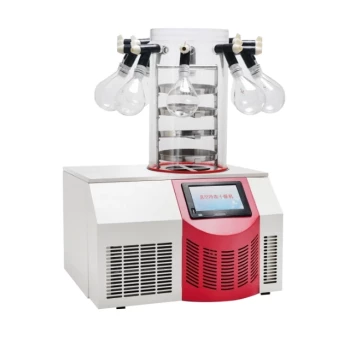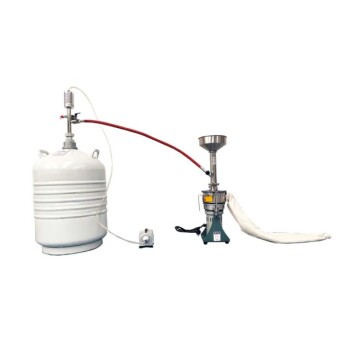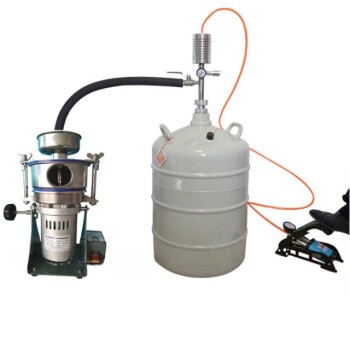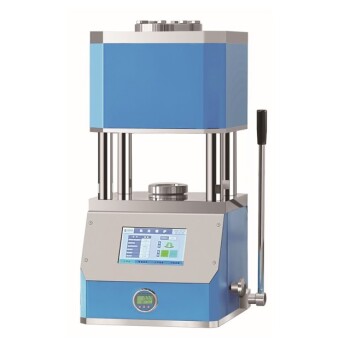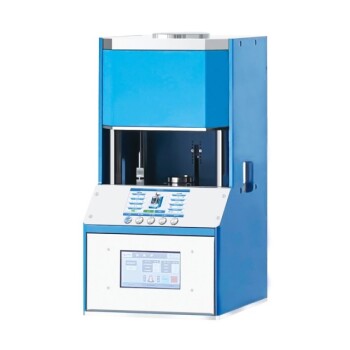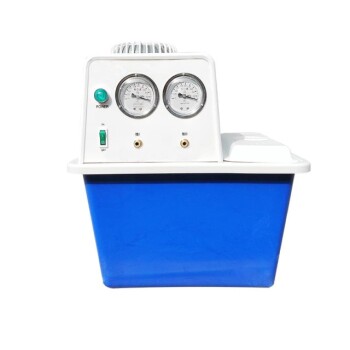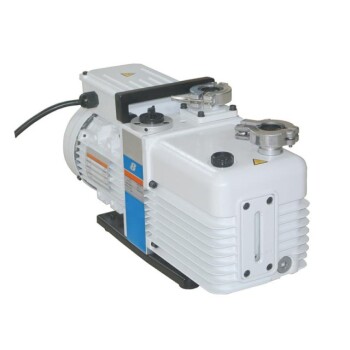Freeze drying, also known as lyophilization, is a dehydration process that preserves perishable materials by removing water content while maintaining structural integrity. The process occurs in three distinct phases: freezing, primary drying (sublimation), and secondary drying (adsorption). Each phase plays a critical role in ensuring the final product retains its original properties while achieving long-term stability. This method is widely used in pharmaceuticals, food preservation, and biotechnology due to its ability to extend shelf life without compromising quality.
Key Points Explained:
-
Freezing Phase
- The material is cooled below its triple point (the temperature and pressure at which solid, liquid, and gas phases coexist) to ensure complete solidification of water.
- Proper freezing is crucial to avoid large ice crystals, which can damage cellular structures. Slow freezing creates larger crystals, while rapid freezing (e.g., using liquid nitrogen) forms smaller crystals, preserving delicate samples.
- This phase sets the foundation for the subsequent drying stages by converting free water into ice, making it ready for sublimation.
-
Primary Drying (Sublimation)
- A vacuum is applied to reduce pressure, and heat is introduced to sublimate the ice directly into vapor without passing through the liquid phase.
- About 95% of the water content is removed during this phase. The Laboratory Freeze Dryer uses a cold condenser to trap the vapor, converting it back into ice and preventing rehydration of the sample.
- Temperature control is critical here; excessive heat can cause collapse or melting, while insufficient heat prolongs the process.
-
Secondary Drying (Adsorption)
- The remaining bound water molecules (adsorbed to the material’s matrix) are removed by gradually increasing the temperature under continued vacuum.
- This phase ensures the final product achieves optimal dryness, typically reducing moisture content to 1–4%. The porous structure left behind enhances rehydration properties.
- Secondary drying is slower but essential for stability, especially in pharmaceuticals where residual moisture can degrade active ingredients.
Understanding these phases helps optimize freeze-drying protocols for specific materials, balancing efficiency with product integrity. For purchasers of equipment like a Laboratory Freeze Dryer, recognizing these stages ensures informed decisions about capacity, condenser performance, and temperature control features. Have you considered how adjusting freezing rates or vacuum levels might impact your specific application? These subtle tweaks often determine the difference between a fragile product and one with ideal preservation.
Summary Table:
| Phase | Key Process | Importance |
|---|---|---|
| Freezing | Cooling below triple point | Ensures solidification of water; prevents damage from large ice crystals. |
| Primary Drying | Sublimation under vacuum | Removes ~95% of water; requires precise temperature control. |
| Secondary Drying | Adsorption of bound water | Reduces moisture to 1–4%; enhances stability and rehydration. |
Optimize your freeze-drying process with precision equipment from KINTEK. Whether you're preserving pharmaceuticals, food, or biological samples, our laboratory freeze dryers ensure superior results. Contact us today to discuss your specific needs and discover how our solutions can enhance your product integrity and shelf life.



